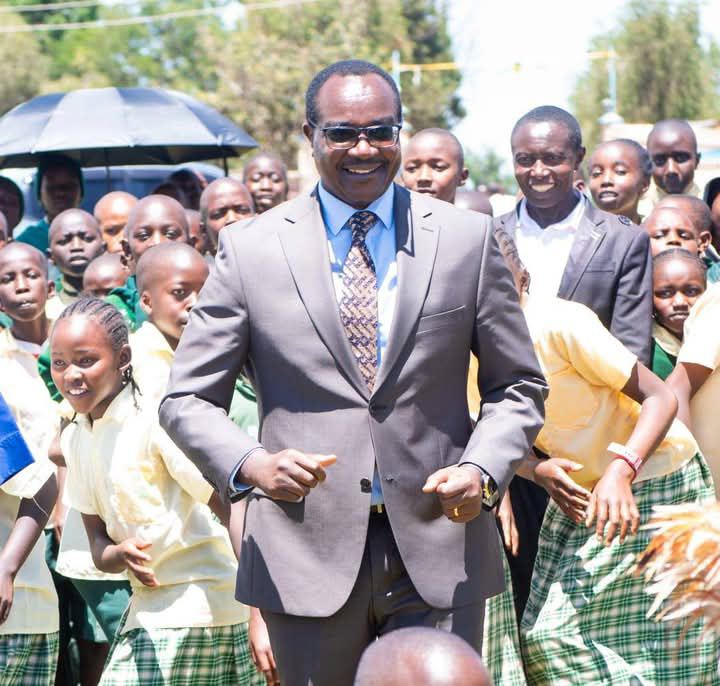STORY By MWINGI TIMES CORRESPONDENT
A 16-year-old man was killed by alleged camel herders from Tana River county. The incident happened on Tuesday, Mandongoi location chief David Mwinzi said.
The man was herding livestock in his village of Musuasuo, Kairungu sub location. Speaking to the press, the young man's father said he heard him screaming for help when bandits invaded the region.
On going to check what had happened, he found his son had been slaughtered by the camel herders who fled soon after. "His father heard him scream as he had been attacked.Upon arrival, he found the young man had been killed".
He was a student in Ngomeni Secondary School, Mwingi North constituency.
















 MWINGI TIMES for timely and authoritative news.
MWINGI TIMES for timely and authoritative news.